Product Consultation
Your email address will not be published. Required fields are marked *
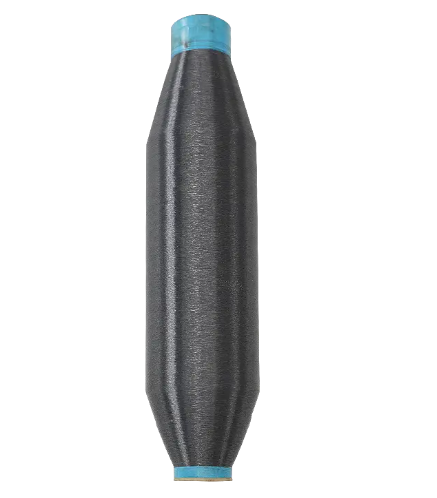
How to ensure the uniformity and strength stability of nylon multifilament yarn during the production process?
Oct 22,2025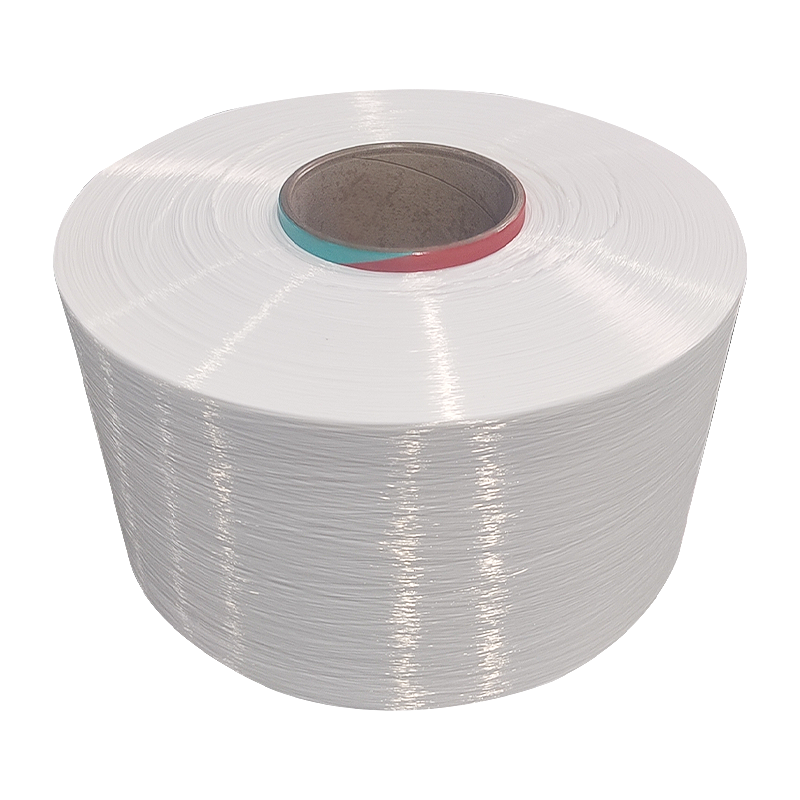
Is color difference control and batch stability guaranteed for nylon mother yarn?
Oct 15,2025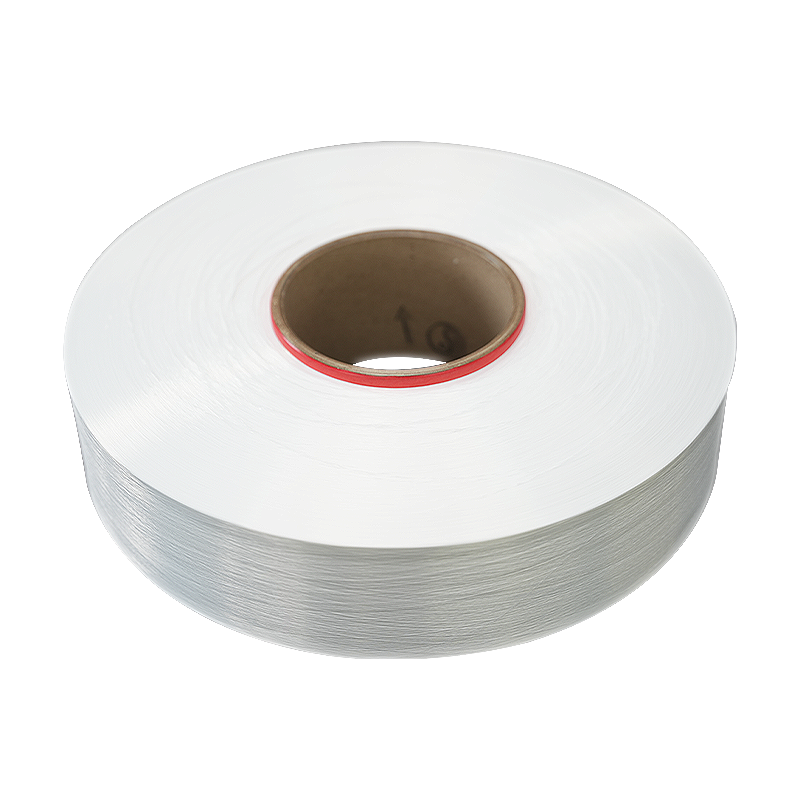
How does the production process of bi-component FDY yarn compare to that of single-component FDY?
Oct 09,2025Nylon elastic yarn is a synthetic fiber material widely used in textile, industrial, medical and other fields. It is favored for its excellent elasticity, wear resistance and high strength. Whether its performance will change during long-term use is a concern for many users. Factors affecting the performance of nylon elastic yarn involve environmental conditions, usage methods, characteristics of the material itself and other aspects.
Environmental factors have a great influence on the performance of nylon elastic yarn. In a humid environment, nylon fibers are easy to absorb moisture, resulting in slight changes in the molecular structure inside the material, which may cause a decrease in elasticity or mechanical strength. In addition, long-term exposure to ultraviolet rays may accelerate the aging of nylon fibers, making them brittle and affecting durability. In a high temperature environment, the molecular chain of nylon fibers may decompose slightly, resulting in a gradual weakening of the fiber elasticity.
The usage method is also an important factor affecting the performance of nylon elastic yarn. In textiles, nylon elastic yarn is usually used for elastic fabrics. If it is overstretched for a long time, it may cause irreversible changes in the molecular arrangement inside the fiber, resulting in a weakening of elasticity. In addition, in a high-frequency friction environment, the fiber surface may be worn, affecting the overall durability. For fabrics that need to be washed frequently, the cleaning method will also have a certain impact on their performance. Using high-temperature water washing or strong alkaline detergents may accelerate the aging of fibers and make them fragile.
The characteristics of the material itself are also an important factor affecting long-term performance. Nylon elastic yarns are usually specially treated during the production process to enhance their anti-aging ability. Some high-quality nylon elastic yarns use UV-resistant and chemical-resistant formulas to enable them to maintain good elasticity and strength in harsh environments. Different types of nylon elastic yarns also have certain differences in wear resistance and fatigue resistance. Therefore, when selecting, the appropriate material should be selected according to the specific application scenario to ensure its stability in long-term use.
During long-term use, although the performance of nylon elastic yarns may be affected by various factors and gradually decline, through reasonable use, appropriate storage environment and scientific maintenance methods, its decay rate can be effectively slowed down. For fabrics or products that need to maintain elasticity for a long time, high-quality materials can be selected and appropriate protective measures can be taken to ensure the durability and reliability of their performance.
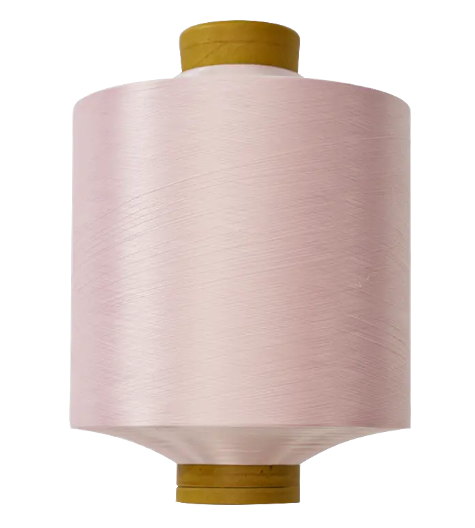
What are the key factors affecting the quality of nylon elastic yarn?
2025-03-04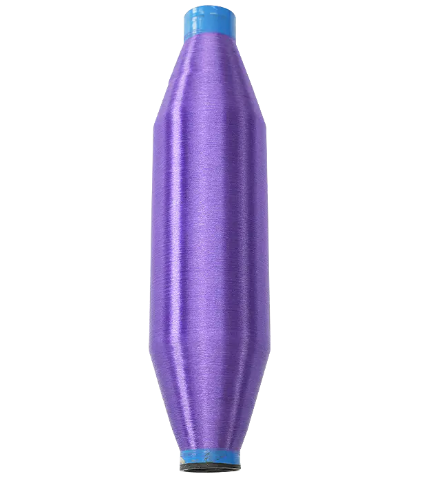
Does nylon multifilament yarn adopt environmentally friendly technology to reduce the impact on the environment?
2025-03-18Your email address will not be published. Required fields are marked *
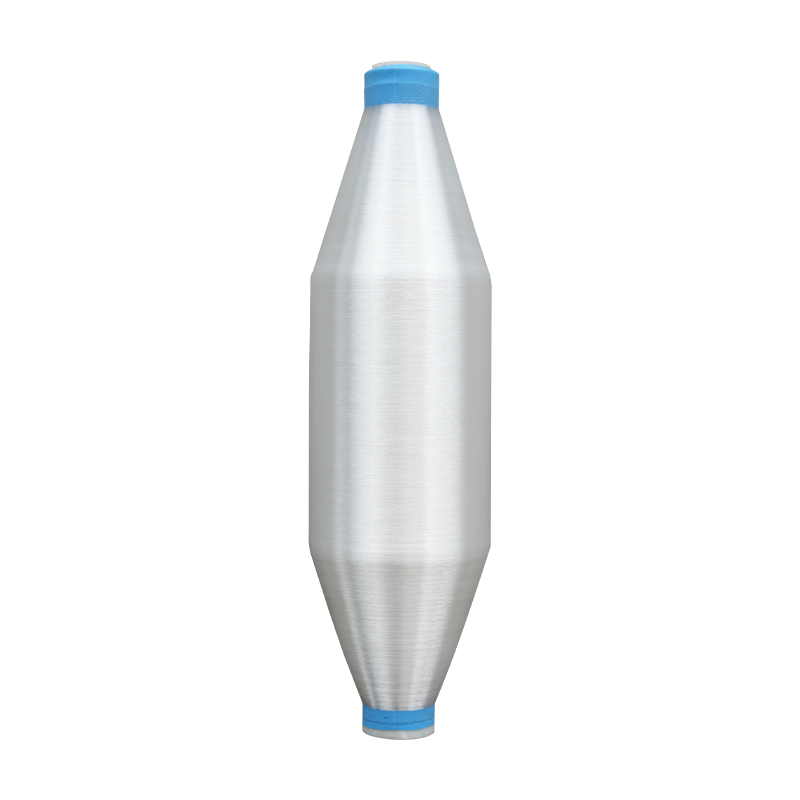
60D woven Antiviral Yarn is thin overall and suitable for making light and soft textiles. Nylon fiber has a soft feel and good breathability. This yarn is usually used to weave fabrics and can be made...
See Details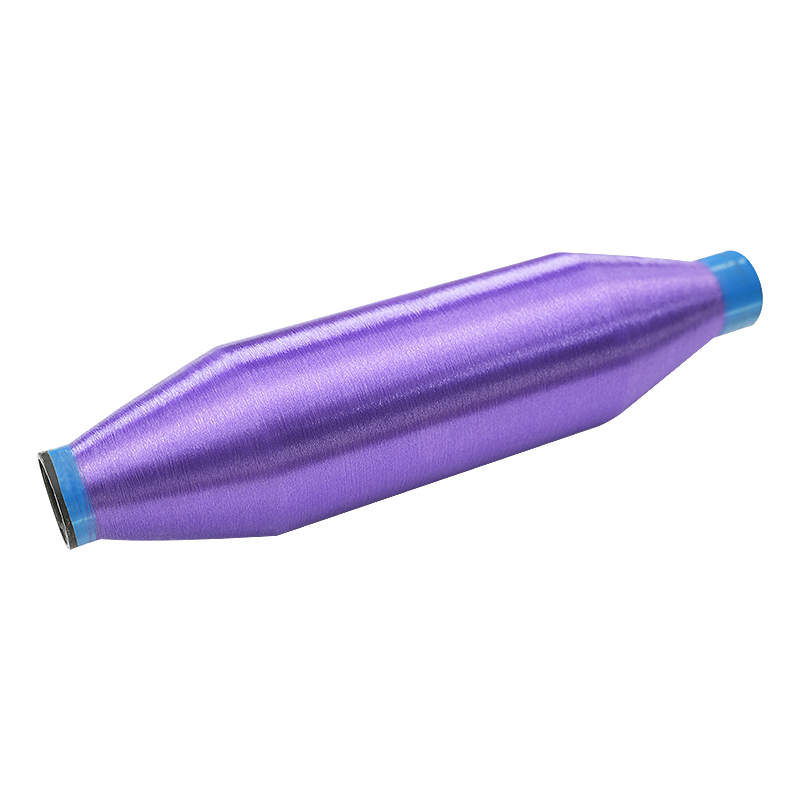
Graphene yarns can be produced by a variety of methods, including chemical vapor deposition (CVD) and wet spinning. In CVD, graphene is grown directly on a substrate, which is then removed to obtain g...
See Details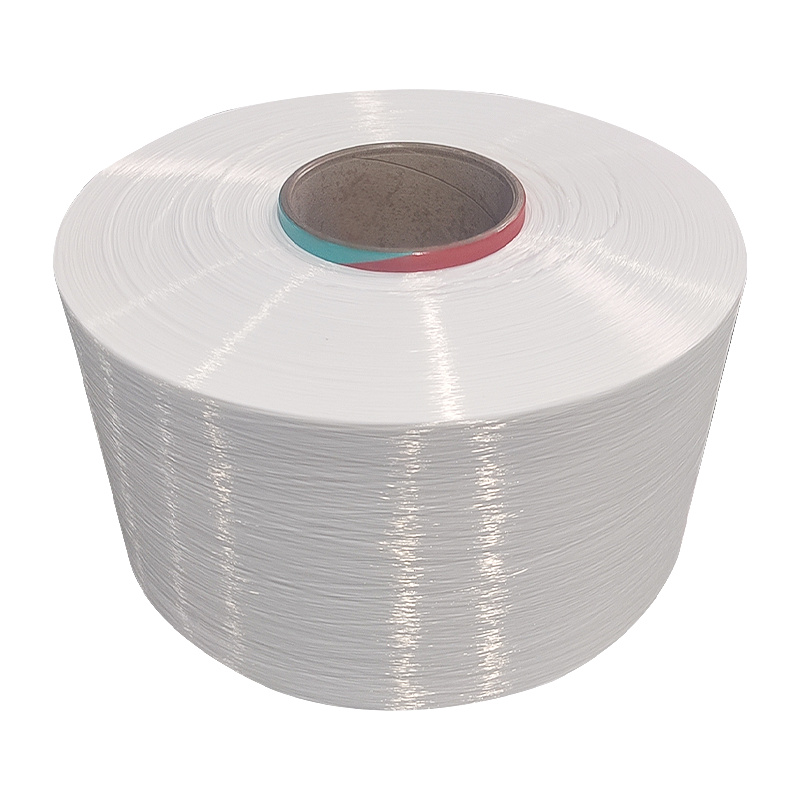
Colored Nylon Mother Yarn can be processed through spinning, drawing, dyeing and other processes to meet the needs of different textiles. It has good processing adaptability and can be made into vario...
See Details
300D Nylon Mother Yarn is made of nylon material, a synthetic fiber with abrasion resistance, strength and durability. It is therefore suitable for manufacturing various types of textiles, such as clo...
See Details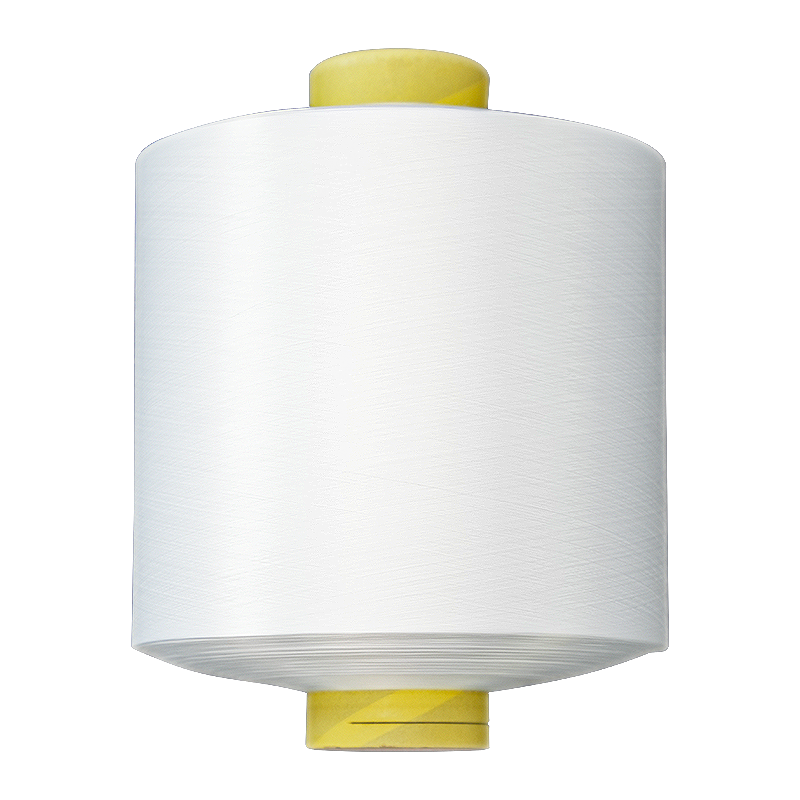
Nylon stretch sportswear yarn is a yarn used to make sportswear and other clothing that require high breathability. Nylon fiber has good breathability, which helps to wick away perspiration and keep t...
See Details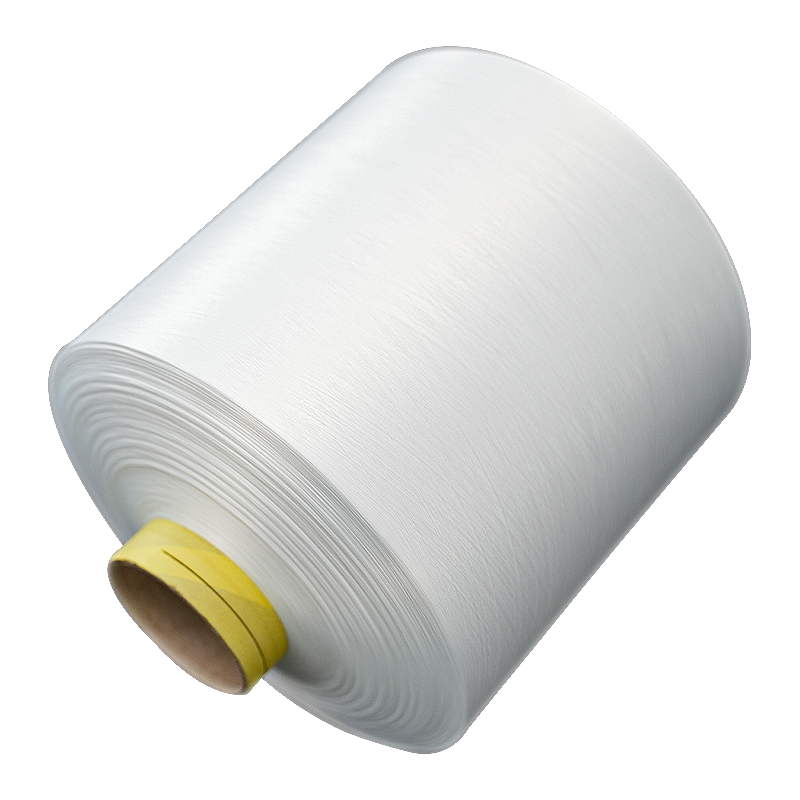
Nylon elastic yarn for textile use has a wide range of applications. Nylon elastic yarn is suitable for the manufacture of various textiles, such as underwear, socks, sportswear, swimwear, elastic fab...
See Details
Polyester blended FDY yarn is a standard 50D yarn made from a blend of polyester and nylon. It combines the characteristics of both fibers and has durability and breathability. It has a wide range of ...
See Details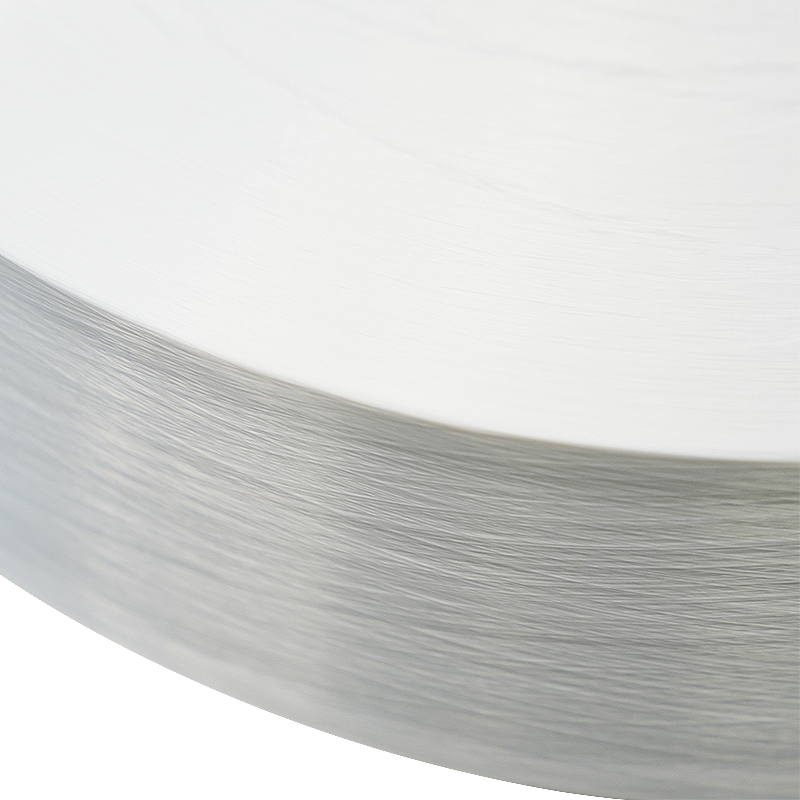
210D Polyester Nylon Composite FDY yarn is a composite fiber yarn. FDY is a mixture of polyester and nylon fibers. It combines the advantages of the two fibers, the abrasion resistance of polyester an...
See Details
Low-melt textile FDY yarn can bond with other fibers at a certain temperature to form a strong fabric structure. This property makes it ideal for manufacturing synthetic or reinforced fabrics. This ki...
See Details
Cooling brushed durable FDY yarn has high durability and is suitable for manufacturing textiles that require wear resistance and durability. It is not easy to wear out after long-term use. Textiles of...
See Details
210D Permanent Cooling FDY Yarn is suitable for the manufacture of various textiles, such as sportswear, outdoor equipment, household items, etc. Textiles made of this material often have good breatha...
See Details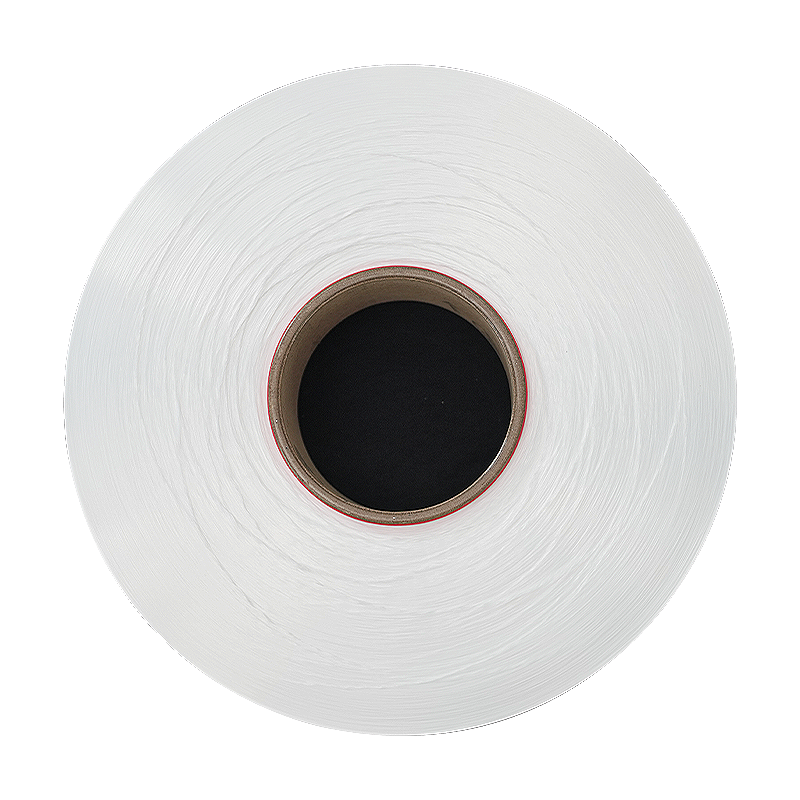
The fibers of 210D water-repellent yarn are relatively thick, making the yarn highly wear-resistant and durable, making it suitable for long-term use. Composite fiber enables yarn to have the advantag...
See DetailsAddress: Duntou industrial park, haian county, nantong city,jiangsu province ,China.
TEL: +86 15850491859
E-mail: sales-betty@hsnylon.com
If You Are Interested In Our Products, Please Consult Us